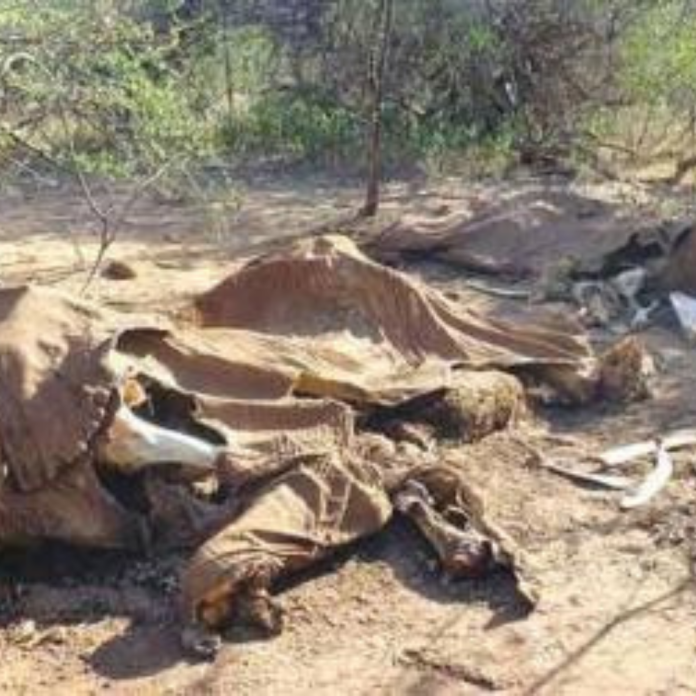In early 2013, a quiet stretch of land near Fianga in southwestern Chad became the scene of one of the worst wildlife massacres in recent history. In less than a week, 86 elephants—including 33 pregnant females—were slaughtered by poachers, their tusks brutally hacked out to supply the black-market ivory trade.
The poachers struck near the Cameroonian border, a region already scarred by elephant killings. Just a year earlier, in 2012, heavily armed men on horseback—believed to be from Chad and Sudan—wiped out nearly 650 elephants in Cameroon’s Bouba Ndjida National Park, slashing the local elephant population in half.
How Did It Happen Again?
The Chad killings raised an urgent question: how, after the 2012 catastrophe, could such a large-scale slaughter happen again—this time just across the border?
Celine Sissler-Bienvenu of the International Fund for Animal Welfare (IFAW) called the 2013 killings “completely shocking,” but also tragically predictable. “Elephants in Central Africa continue to be under siege from unscrupulous poachers,” she said at the time. “The killing of 86 elephants, including pregnant cows, is evidence of the callous brutality demanded to feed the appetite of the ivory trade.”
Warnings Ignored
Local communities near Fianga had reportedly been raising the alarm for over two years. As elephant herds trampled farms and devoured crops, desperate villagers pleaded for government intervention. But no help came. Could the state’s failure to act have quietly enabled the slaughter?
In the absence of support, the killing went unreported for days. Some locals may have even welcomed the poachers, seeing them—however grimly—as a solution to a problem no one else was willing to solve.
Where Was the World?
Jason Bell, IFAW’s Elephant Programme Director, warned that the systematic nature of the attack pointed to a deeper global crisis. “The poaching of elephants for ivory is not just an African issue—it’s global,” he said. “Without serious action from ivory-consuming nations like China, the battle to save elephants is lost.”
Was the international community complicit through its silence? Despite high-level pledges and conferences, poaching remained a low-priority issue in global diplomacy. At the time, ivory was still legally sold in parts of Asia. Demand flourished; elephants died.
Well-Armed, Well-Organized—and Untouchable
The poachers behind the Chad killings didn’t stumble upon their victims—they hunted them. These were coordinated, military-style operations involving automatic weapons, camels, and horses. In the dry season, when foliage thins and elephants are more vulnerable, poaching gangs launch with deadly efficiency.
Even after IFAW signed a memorandum with Chad in 2012 to support anti-poaching patrols in Sena Oura National Park—a cross-border conservation zone with Cameroon—enforcement remained thin. Rangers were under-trained, under-equipped, and often outgunned.
What’s Changed Since Then?
A decade later, the memory of the 2013 massacre lingers—but so do the questions. Have the governments of Chad, Cameroon, and Sudan strengthened cross-border cooperation? Are poachers still operating with impunity? Has the demand for ivory truly declined, or merely shifted underground?
And most critically: how many elephants are left in Central Africa—and how many more must die before the world decides their lives are worth protecting?
By PR Newswire


